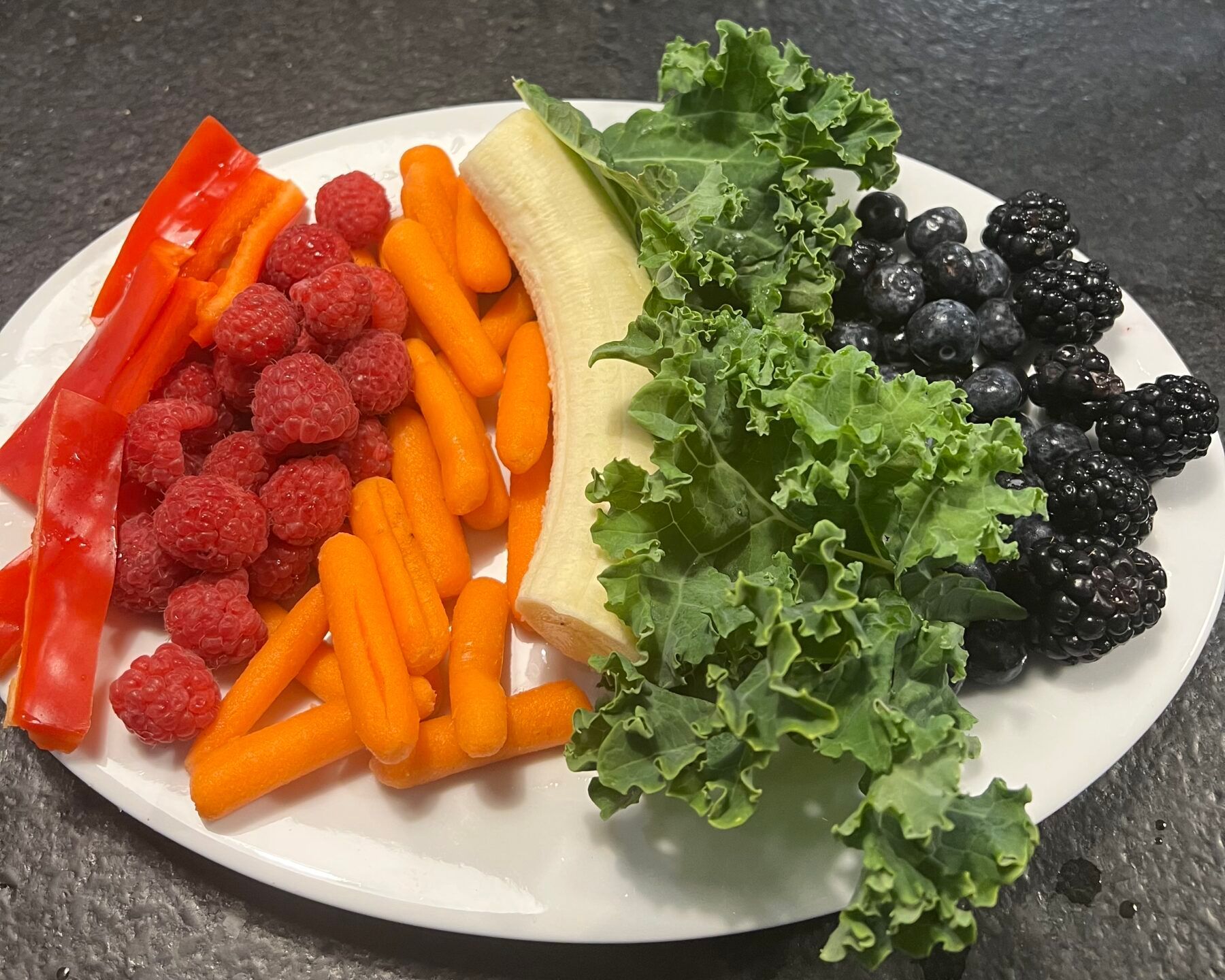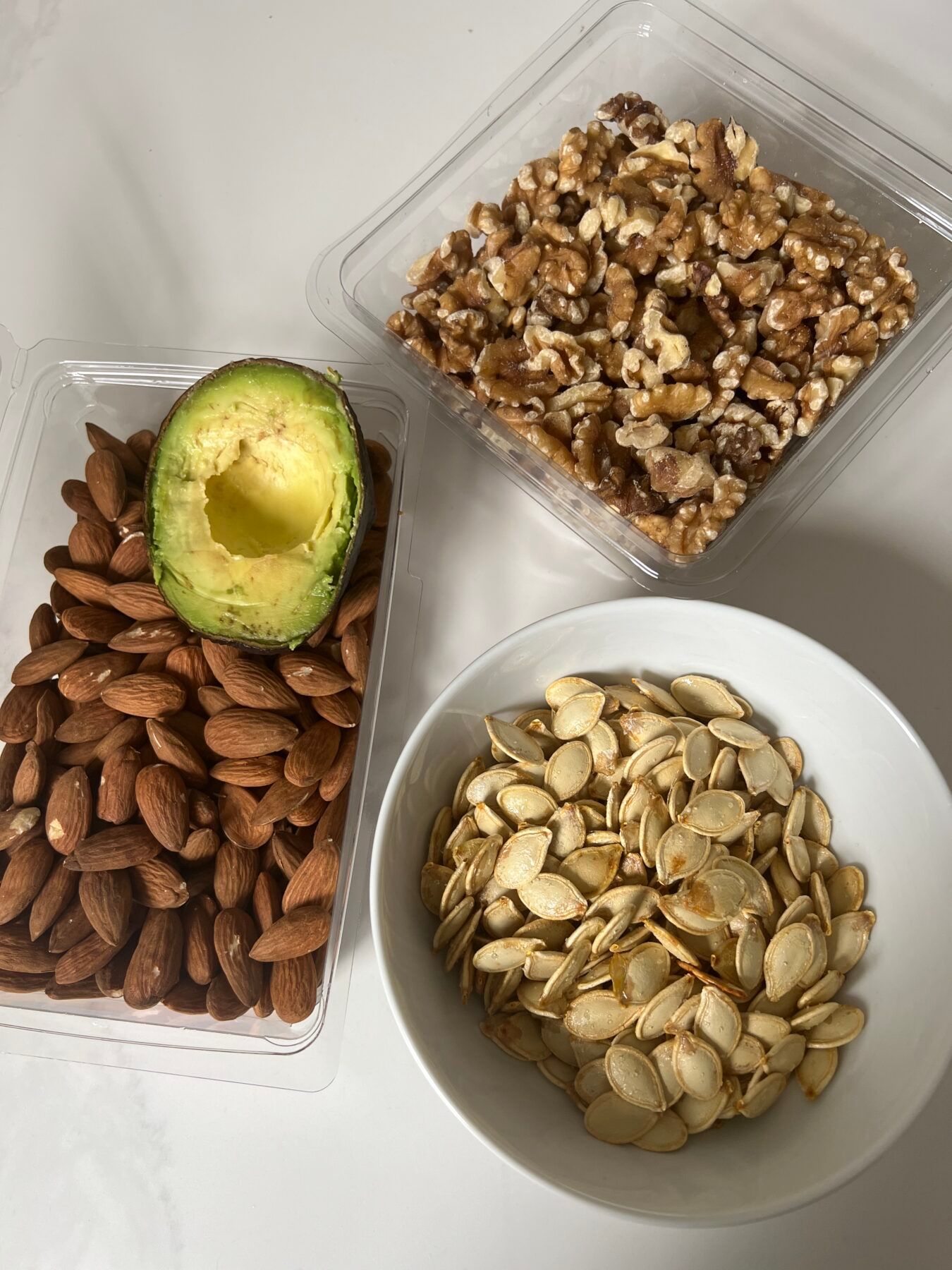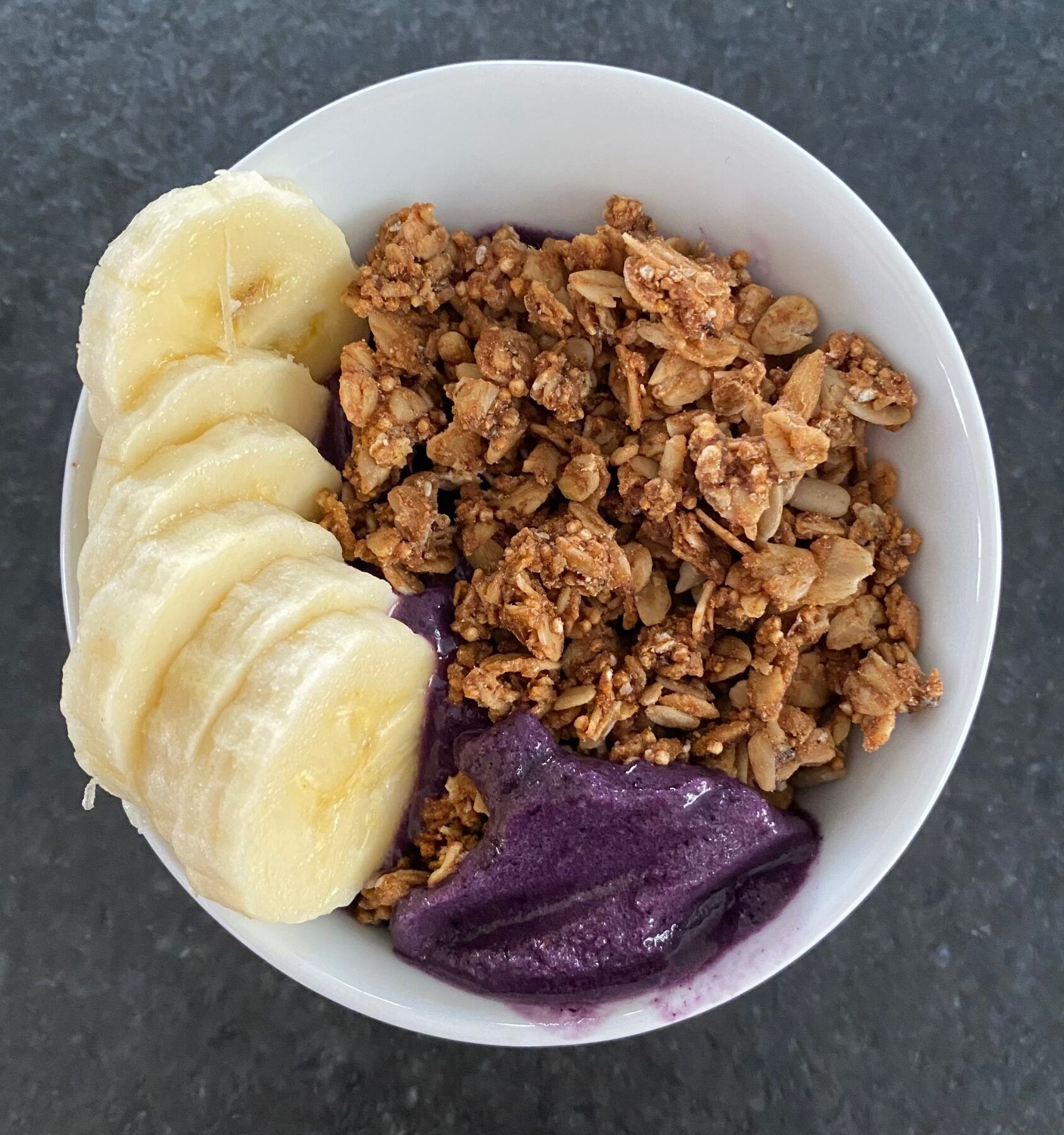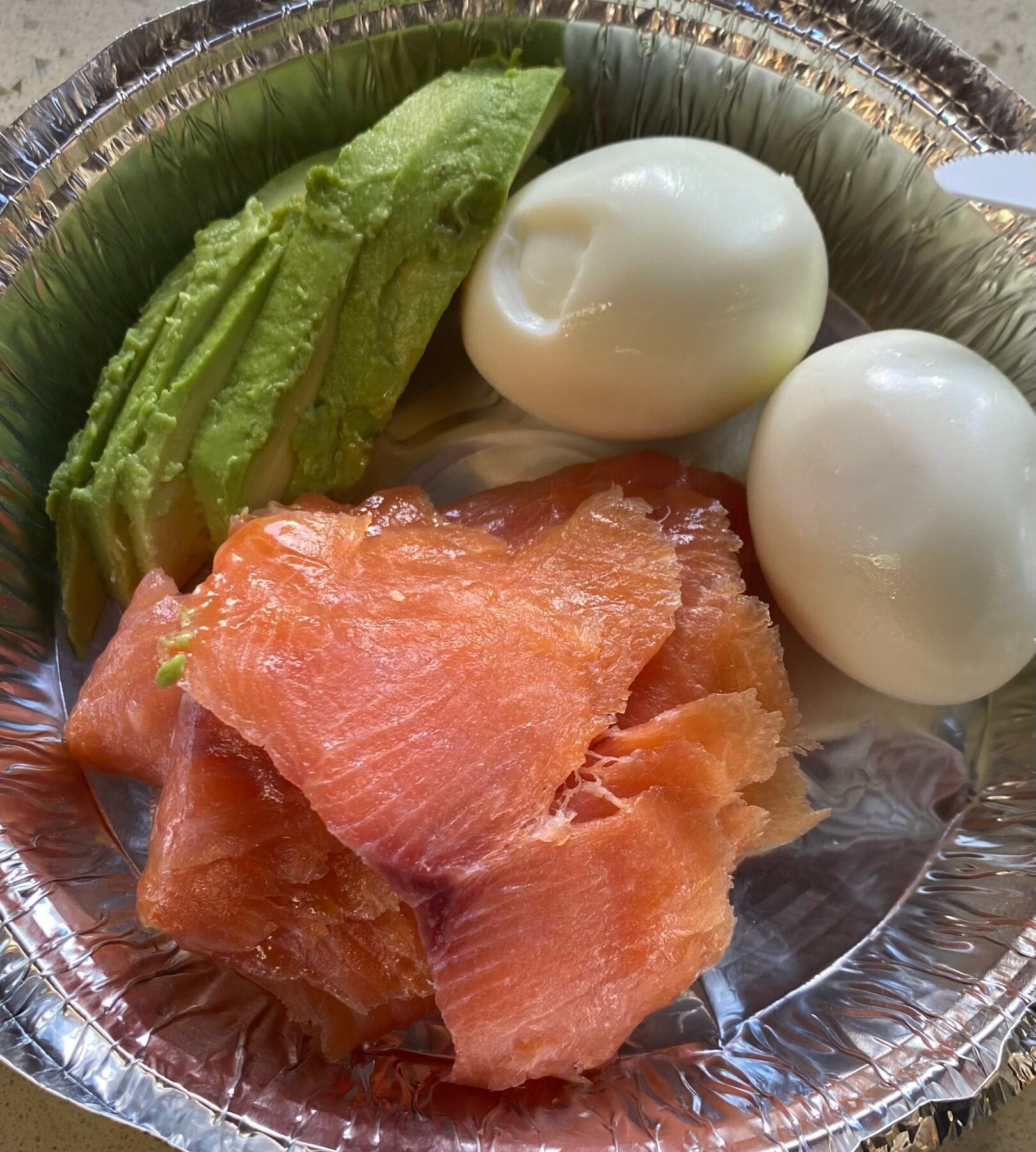Energy Systems Exploration
As a living, breathing, blog reading individual you’ve probably learned the basics around how food provides the body with energy. There are actually several different ways that this can occur and they depend on the activity being performed. Depending on our sport or activity, nutrition, genetics, and level of training will each play a role which energy system is primarily utilized. As you can see in the pictures above these athletes have trained to optimize a certain energy system in their body to improve performance at their respective sport. Regardless of which energy system is predominantly used all energy is stored in the form of ATP.
Adenosine Triphosphate or “ATP” is the energy currency of the body. Each of the energy systems in the body have their own way of producing ATP to power our daily activities. There are pro’s and con’s to each energy system but ultimately having a better understanding of how our body uses energy can help us make informed decisions on diet and exercise. Let’s learn about each energy system…
Alactic System aka the Creatine Phosphate System
Lactic Acid System aka Glycolytic
Aerobic System aka Fatty Acid Metabolism
“No matter how many mistakes you make or how slow you progress, you are still way ahead of everyone who isn’t trying.” —Tony Robbins
Alactic System
(aka the Creatine Phosphate System)
What is it: The alactic system utilizes creatine phosphate (CP) as an energy source. It fuels high intensity efforts. Creatine is able to donate its phosphate molecules to the the Adenosine Diphosphate (ADP) molecule allowing it to return to ATP, with potential energy stored in its chemical bonds. Creatine comes from the food that we eat with the highest levels in red meat, pork, poultry, and fish. It can also be supplemented for vegetarians and vegans.
Time domains: This energy system is exhausted in 8-12 seconds for most individuals and you will fatigue when your CP and ATP stores have depleted. It is great for quick bursts of energy.
Efficiency:It requires 30 seconds to 2 minutes to replenish energy stores.
By products: Heat released from the breaking of chemical bonds.
Examples of activity: You may see this energy system in action through the short powerful bursts seen in weightlifters, powerlifters, pitchers, and shot putters.
What training looks like: Training the CP system means using short time domains with long rest periods in between. In the gym this means keeping rep ranges to sets of 6 or fewer reps.
Lactic Acid System
(aka Glycolytic system)
What is it: The lactic acid system utilizes glycogen (glucose stored in the muscles and liver) as a fuel source. It is for longer lasting high intensity activities. Our body is able to store about 500 total grams of glycogen in the muscle and liver tissue which provides around 2,000 calories worth of energy. Running out of this fuel source is commonly referred to as “bonking.” Some athletes consume carbohydrate foods, drinks, and supplements during training and competition to prevent running out of this valuable fuel source.
Time domains: It is the primary fuel source for activities lasting from 30 seconds to about 3 minutes. You know you have fatigued this energy system when hydrogen ion accumulation causes a burning sensation in the muscles.
Efficiency: The lactic acid system is very efficient at providing fuel but fatigues quickly. Due to the long recovery time it is favorable to alternate levels of intensity between glycolytic and aerobic dependence to sustain high output.
By products: The byproduct of this system is pyruvate. Which must be cleared from the blood to continue to utilize this energy system. This can take 30-60 minutes.
Examples of activity: This energy system would rule during a 400 or 800 meter sprint, a hockey lines time on the ice, or most CrossFit workouts. It is seen in mixed use with the aerobic system during longer workouts or soccer and basketball games where the players alternate between a slower jog pace with periods of intense sprinting and jumping.
What training looks like: To train this energy system you can utilize interval style training. Intense bursts of energy followed by a recovery period that allows you to stay at a threshold of high output. These athletes tend to have increased muscle mass and ideally lower body fat percentage.
Aerobic System
(aka Fatty Acid Metabolism aka Krebs Cycle aka Citric Acid Cycle…)
What is it: This is the creation of energy from fat, glycogen or protein in the presence of oxygen used to power low and moderate intensity activities. The mitochondria present in muscle cells takes the available fuel source through a variety of reactions to produce ATP. Since fat molecules packs 9 calories per gram they tend to be the main choice for this energy system. Even the leanest individuals carry enough body fat to fuel many days worth of activity.
Time domains: Any activity lasting more than 3 minutes in duration.
Efficiency: This system produces energy much more slowly than the others. The good news is it can utilize an unlimited fuel supply of fat.
By products: The aerobic system only produces water and carbon dioxide when generating ATP.
Examples of activity: This energy system is your predominant fuel source for jogging, cycling, swimming long distances, and most of your daily activities.
What training looks like: Athletes who have become efficient at using fat as a fuel source are able to convert the energy from fat more quickly, allowing them to sustain higher levels of work capacity for activities with long durations. These athletes are usually easy to spot as they have exceptional muscle definition and extremely low body fat.
As you can see from the graph, our average work capacity is dictated by the length of time we are performing an activity.By training in all three energy systems we can become more efficient in all areas, thus increasing our work capacity across the board.Individuals who only try to utilize cardio or lifting heavy weights to improve work capacity will fall short of their well rounded counterparts. If you’re an individual who wants to improve general health it is beneficial to train each of the energy systems.
If you’re ready to increase you work capacity and become more fit give us a call today and we’ll help you get started!
The post Energy Systems Exploration appeared first on CrossFit Wilmette.












